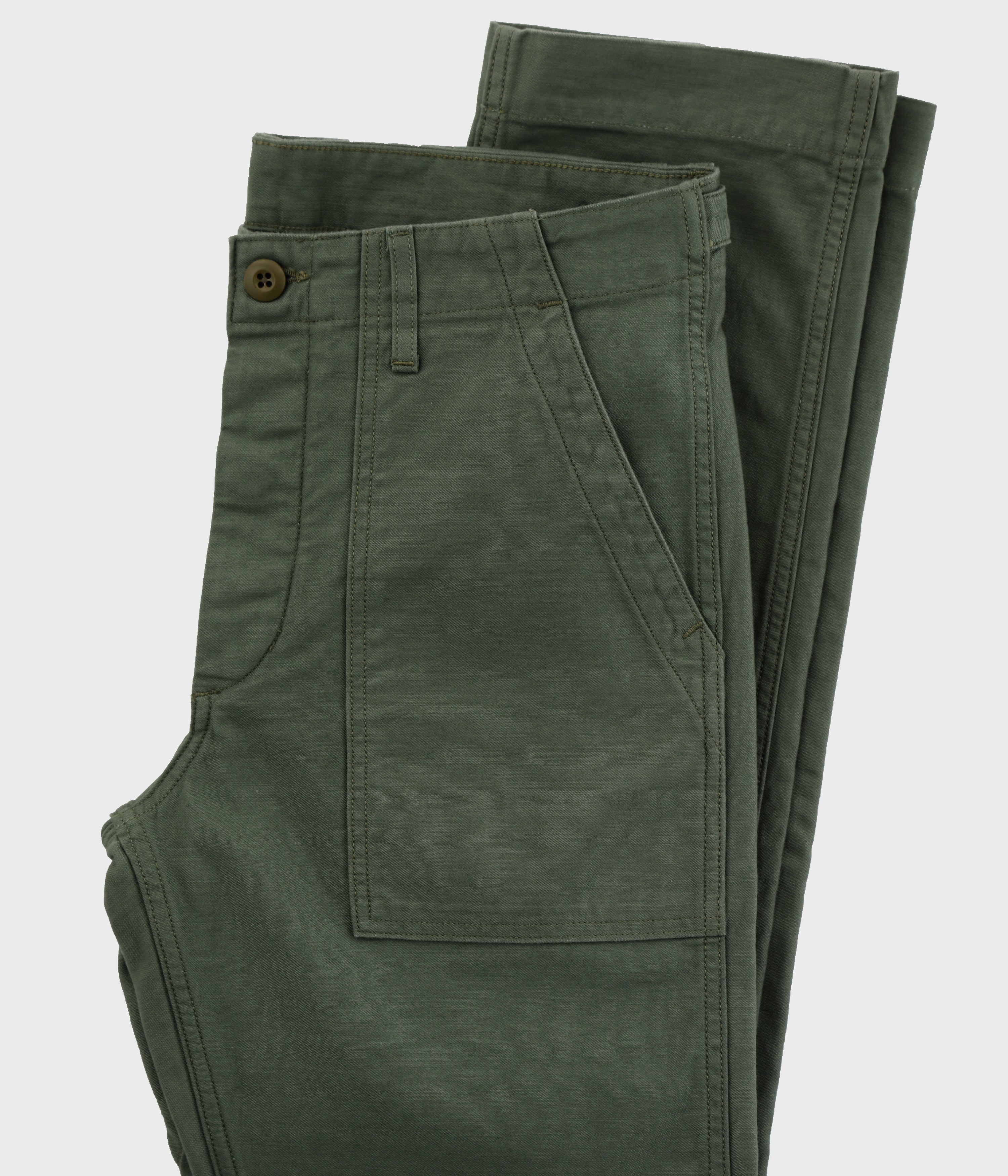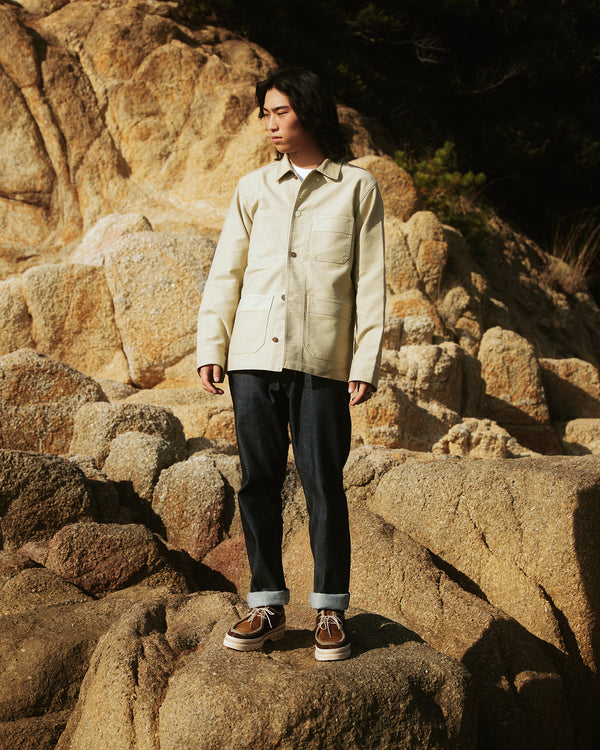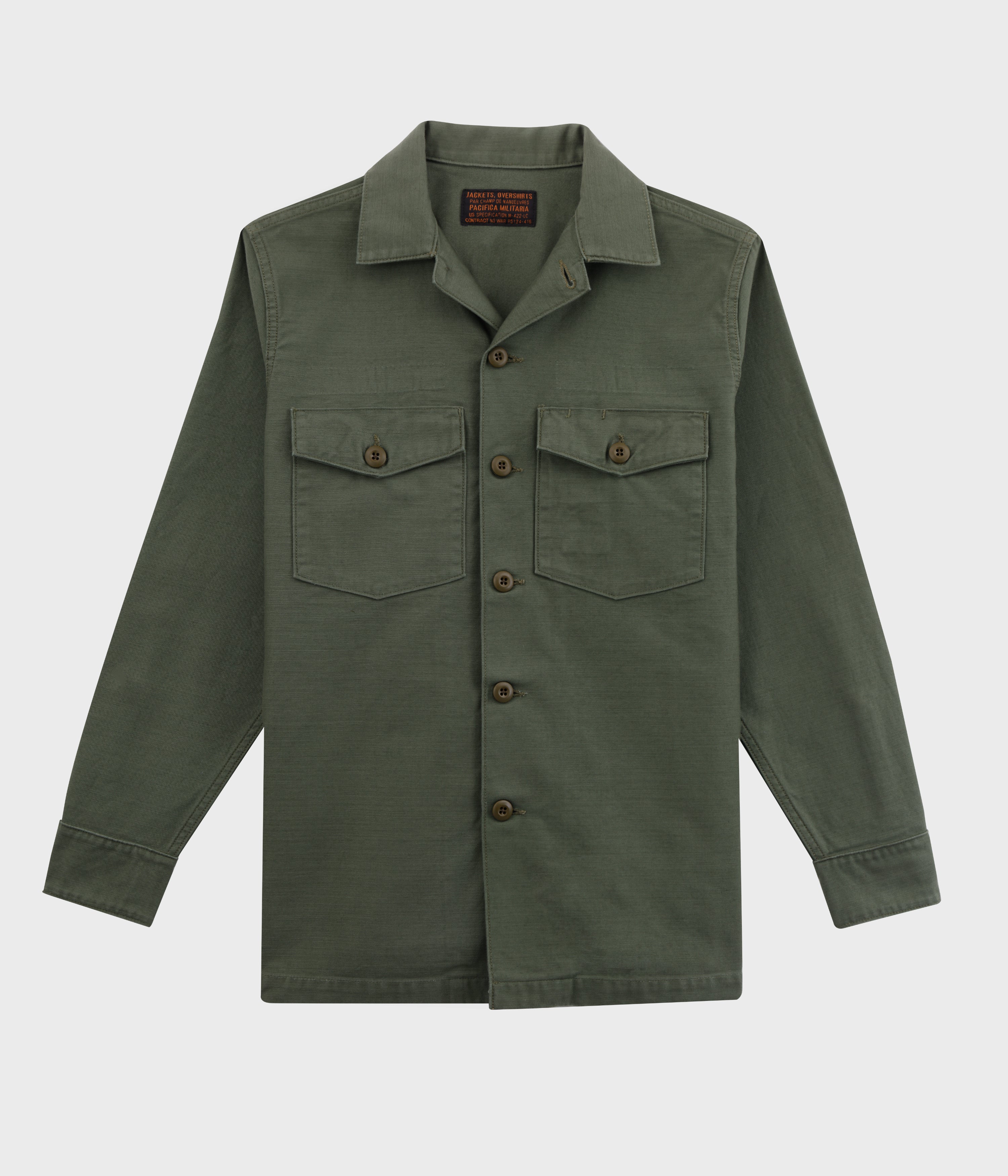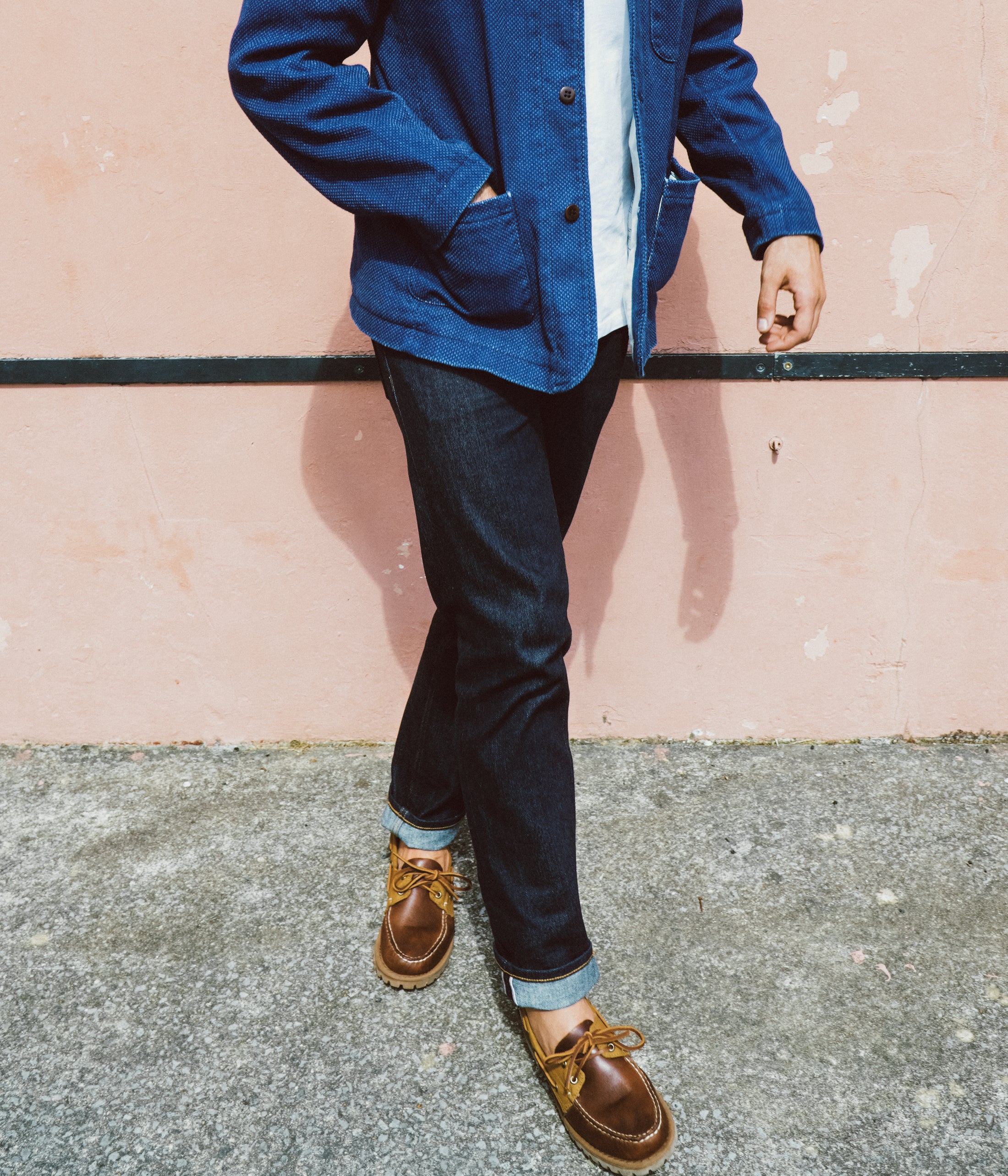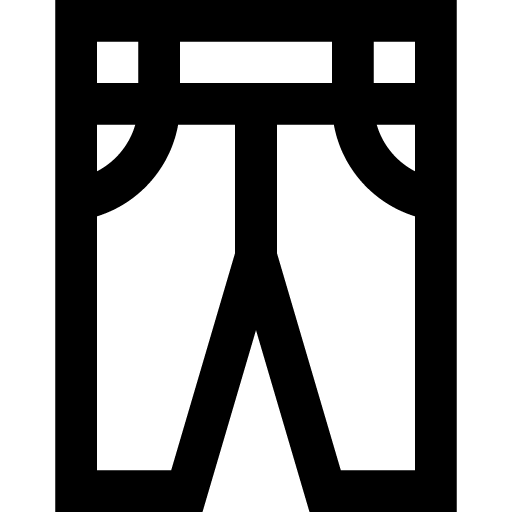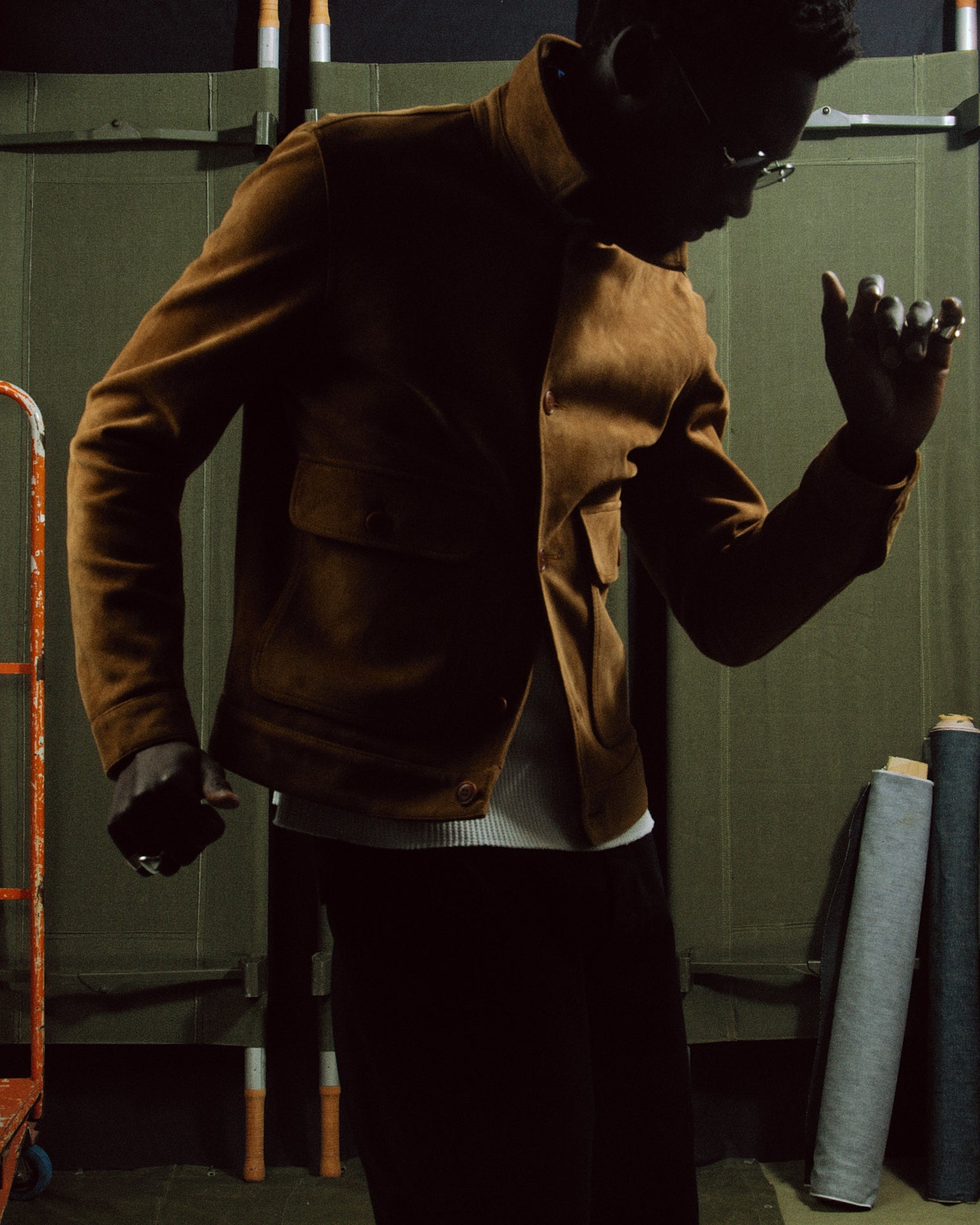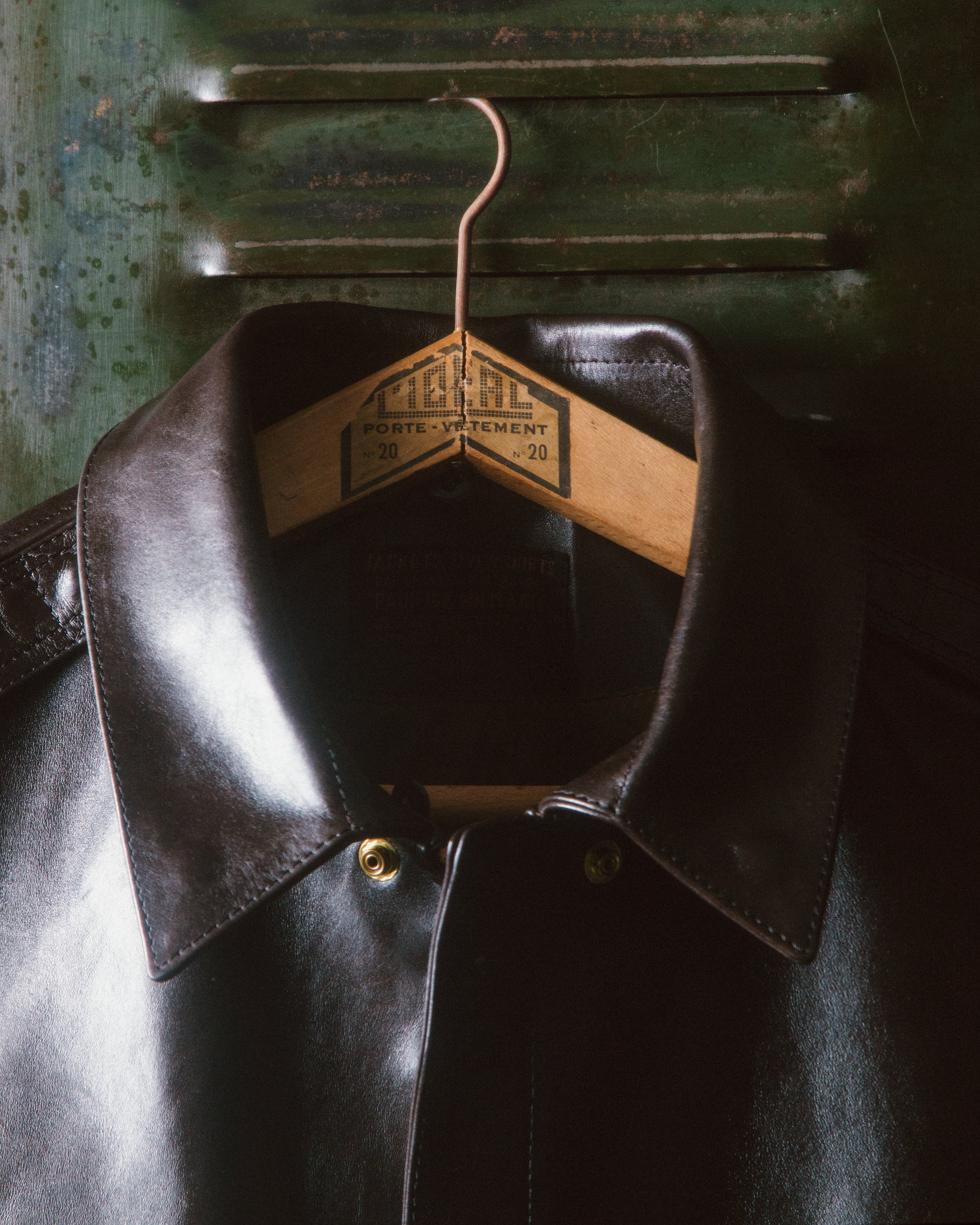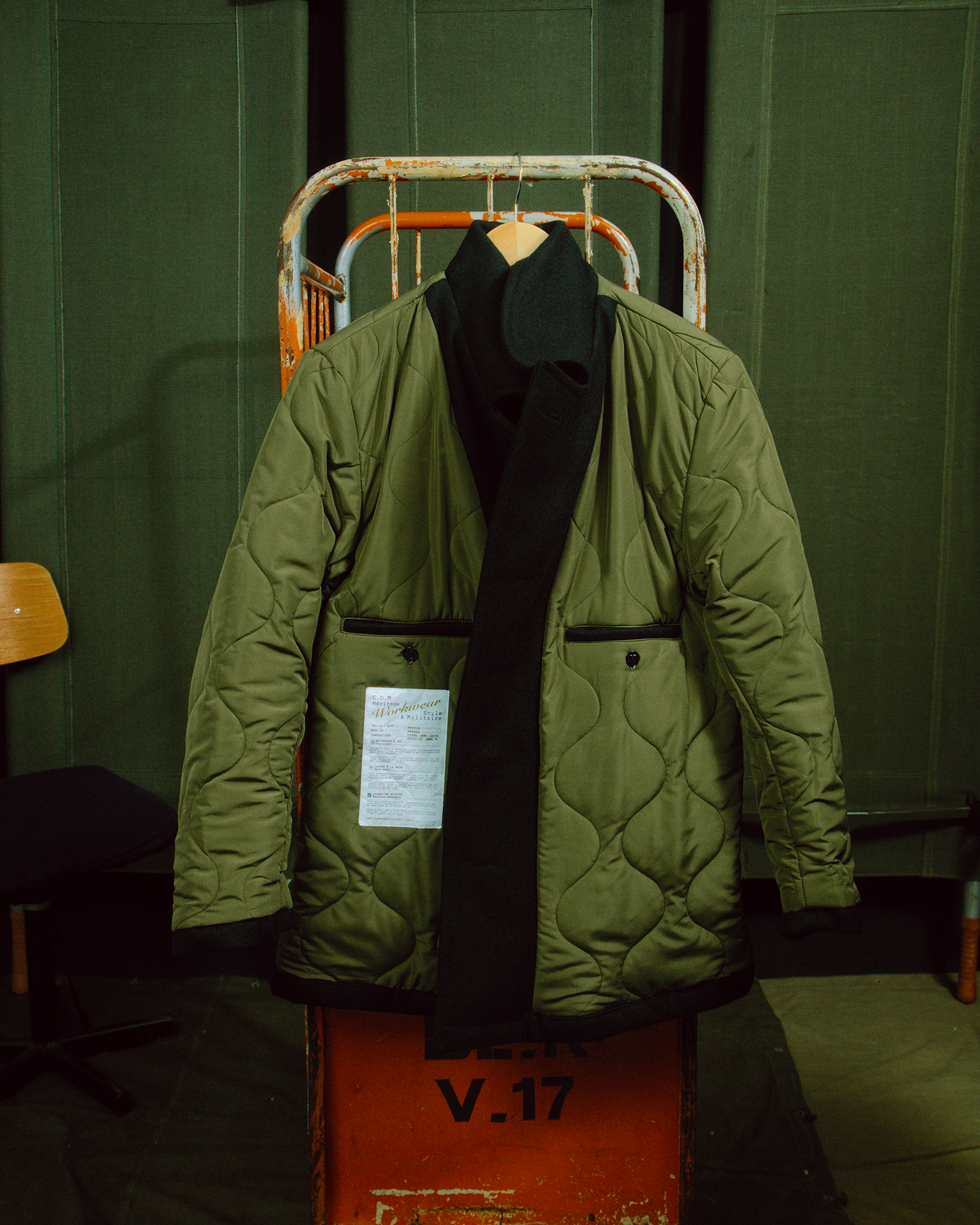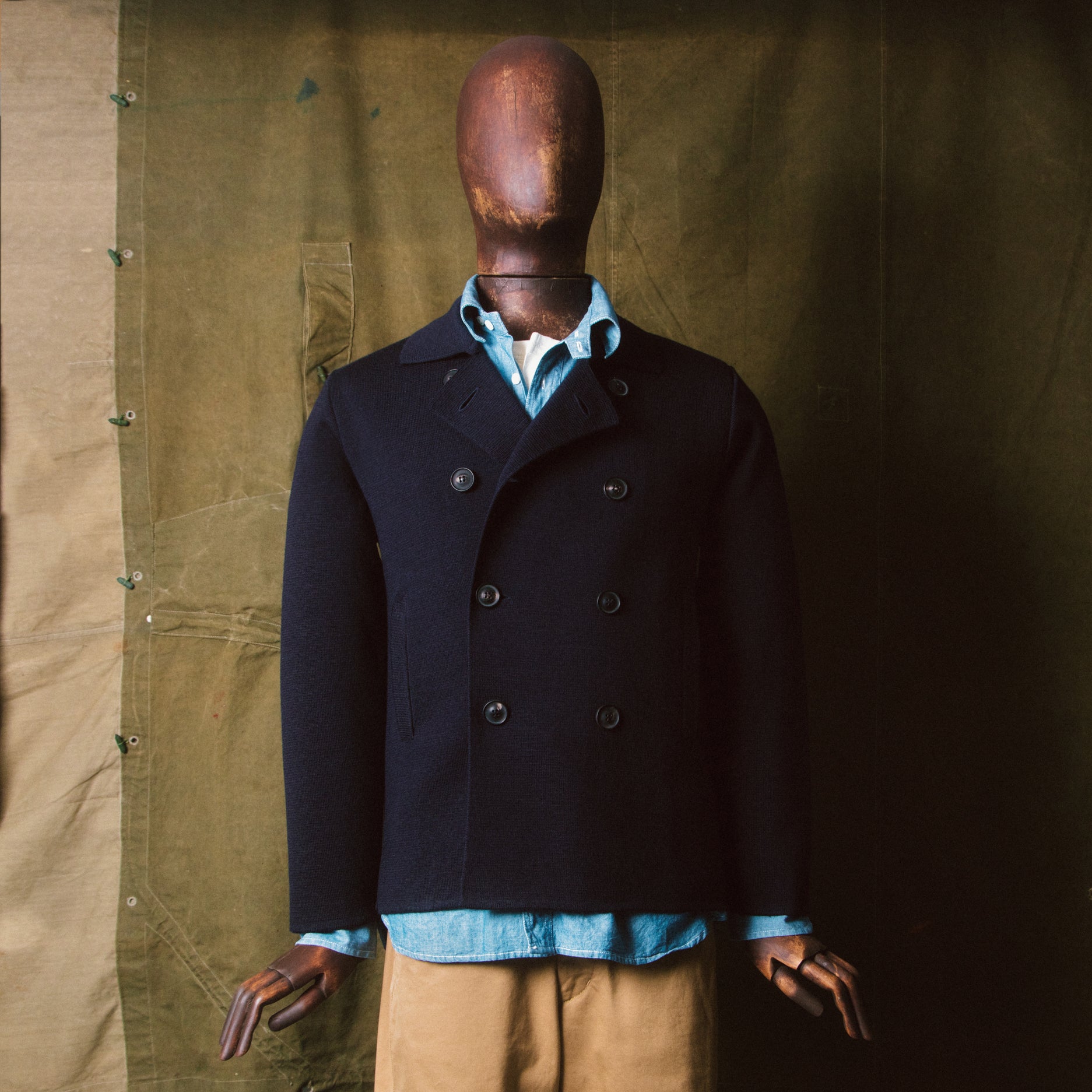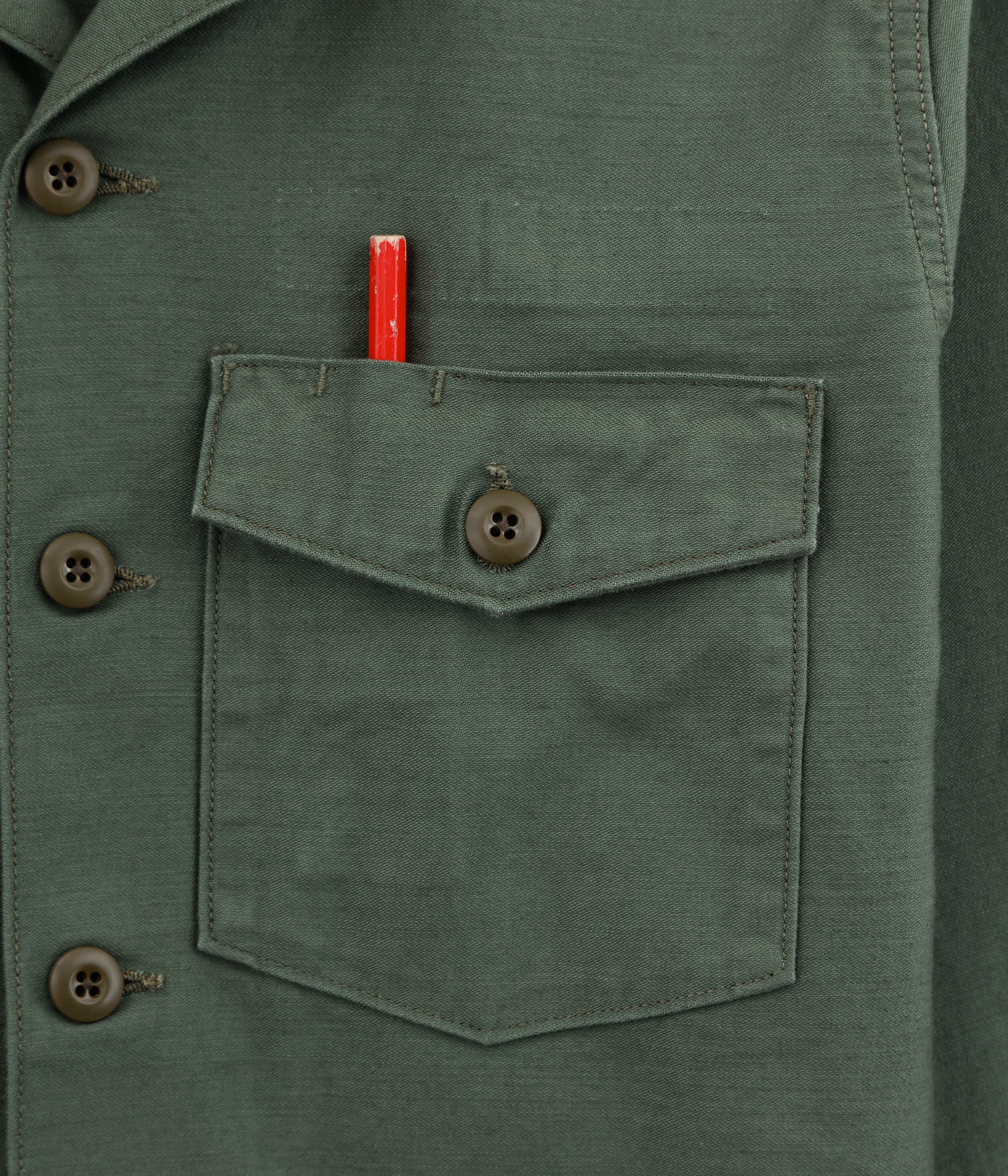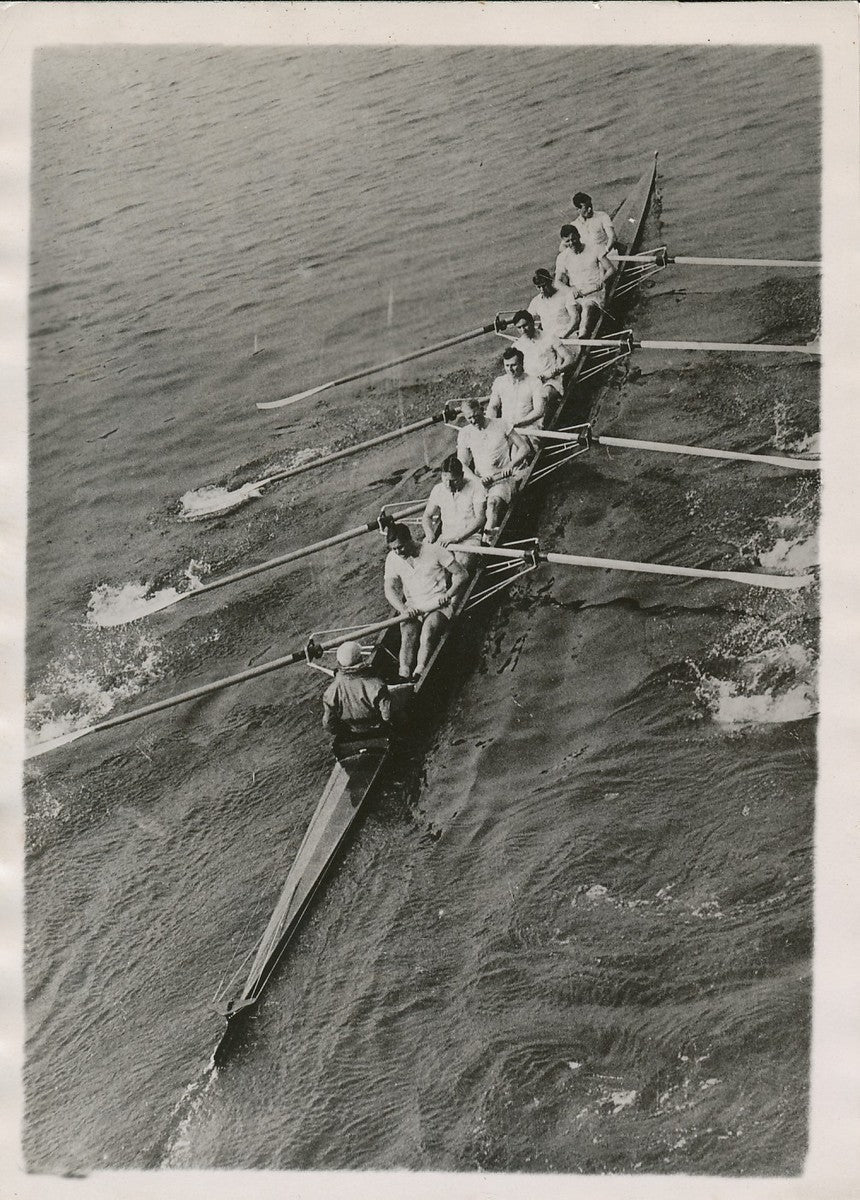Waffle knit fabric, also known as 'waffle' fabric, has its origins in the 19th century British textile industry. This unique pattern was designed by textile artisans seeking to create a material that was both functional and aesthetically pleasing. The earliest examples of this fabric date back to the industrial-era knitting mills of Europe, where technical innovation and the demand for practical clothing led to the creation of this distinctive knit structure.
Who Created Waffle Knit Fabric?
The creation of waffle knit fabric is attributed to British textile craftsmen and engineers during the industrial era. These textile pioneers experimented with different knitting techniques to meet the needs of workers, particularly those in the rowing and mining industries. The idea was to produce a fabric that could capture small pockets of air for better thermal insulation while remaining lightweight and comfortable. This innovation quickly found favor, particularly due to its insulating and breathable properties.

Main Use of Waffle Knit Fabric
Waffle knit fabric was originally used for workwear, particularly for rowers. The waffle structure allowed for effective ventilation while also providing insulation against the cold, making these garments ideal for outdoor physical activities. British rowers, for example, widely adopted this fabric for their uniforms, hence the name "Henley" for waffle knit shirts, in reference to the famous Henley Regatta.

Over time, the use of waffle knit fabric has expanded into other areas. Today, it is widely used in casual and ready-to-wear fashion. Waffle knit garments, such as Henleys, are prized for their comfort, durability, and vintage style. They offer a stylish and practical alternative to classic shirts, while maintaining a modern and timeless look. Many celebrities have helped popularize this style, making it a staple in contemporary wardrobes.
In short, waffle knit fabric, created by British textile artisans, has become a pillar of functional and stylish clothing, initially intended for athletes before conquering the fashion world thanks to its exceptional qualities.
The grid structure forms a three-dimensional pattern that traps air, providing insulation.
Diagram Components:
Horizontal Lines: Indicate rows of knit and purl stitches. Vertical Lines: Indicate columns of knit and purl stitches. Raised Areas: Represented by filled or shaded squares. Low Areas: Represented by empty squares.
To better visualize, here is a simplified representation in table form:
| Place | Towards | Place | Towards |
| Towards | Place | Towards | Place |
| Place | Towards | Place | Towards |
| Towards | Place | Towards | Place |
Detailed Steps to Create a Waffle Knit:
Cast on stitches: Multiple of 4 stitches.
Row 1: Knit 2, Purl 2, repeat to end of row.
Row 2: Knit 2, Purl 2, repeat to end of row.
Row 3: Purl 2, Knit 2, repeat to end of row.
Row 4: Purl 2, Knit 2, repeat to end of row.
Repeat Rows 1-4 until desired length.
This pattern creates the characteristic "waffle" texture with its raised and lowered sections, providing both warmth and breathability.


